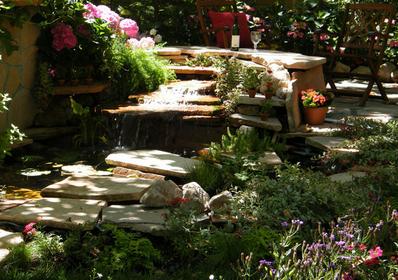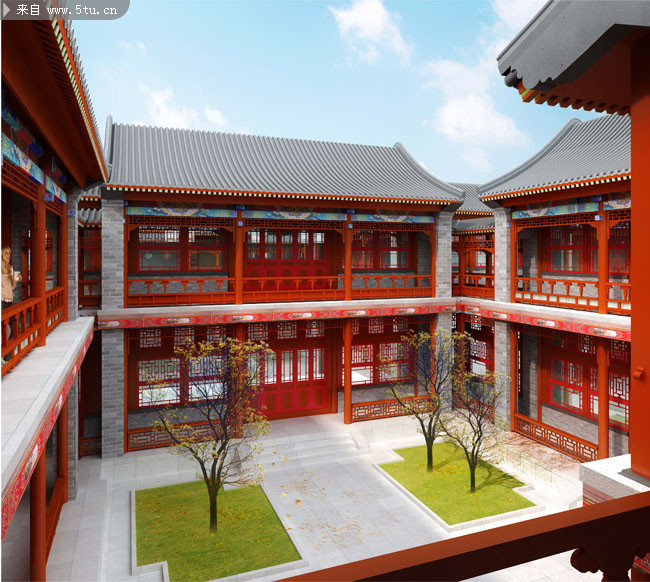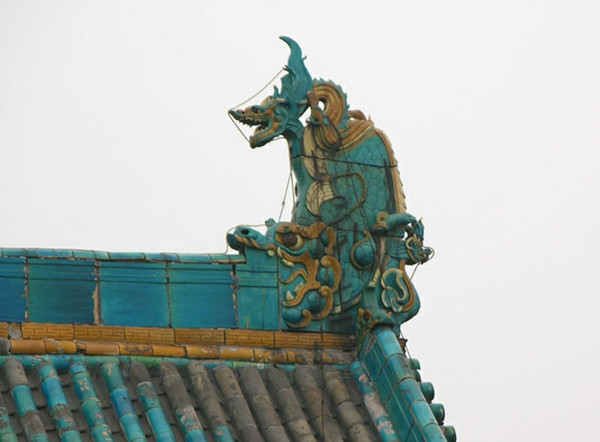What are the features of ancient garden architecture?
3 min readAn ancient Chinese garden is an artistic recreation of nature.It looks like a landscape painting in three dimensions due to a combination of structures and man-made landscape modeled after natural scenery.Most of the ancient gardens extant today were built in the Ming and Qing dynasties.
Garden architecture falls into two main types:the northern imperial gardens and the private gardens like those on the southern side of the Changjiang River.

Imperial gardens appear spacious,exquisite and grandiose.Built for royal families,they look magnificent.The most famous gardens include Beihai Park,the Summer Palace and the Yuanmingyuan Summer Palace in Beijing.
Private gardens are usually built in urban areas,near residences.They generally look small,but their overall layout is flexible,and their scenery tastefully delicate.In ancient times,they served as a place of retreat for gentleman-scholars to escape the chaos of the city.The most famous private gardens are located in Suzhou.

These two types of gardens are artistically common in some aspects:
a.Each garden skillfully combines natural elements,such as rocks,water,trees and flowers,in an attempt to produce a harmony between man and nature.
b.Each garden has pavilions built upon a lake or a pond so that half the structure is on land,while the other half is raised above a body of water.
c.Covered corridors are another key element of ancient Chinese gardens.They are built to allow the owners to enjoy the garden in the rain and snow.
What is known about the animal figures on the roofs of ancient Chinese buildings?
On roofs,ancient Chinese palaces,temples and mansions have zoomorphic ornaments called wenshou. Some are on the main ridges,and some on the sloping and branch ridges.These,which are on roof ridges on the top of palaces,temples and other ancient buildings,form an important part of traditional Chinese architecture.
The monstrous figures at either end of the main ridges is called chiwen. It appears roughly like the tail of a fish and looks as if it were ready to devour the whole ridge.According to Chinese mythology,chiwen is one of the sons of the Dragon King who stirs up waves and changes them into rains.So chiwen are placed ateither end of the main ridge for their magical power to conjure up a heavy rain to put out any fire.At the end of the sloping and branch ridges,there often stands agroup of smaller animals.Their sizes and numbers are decided by the status of the owner of the building in the feudal hierarchy.

The largest number of zoomorphic ornaments is found on the Taihedian Throne Hall)in the Forbidden City,all with unusual names.A god riding a phoenix(or rooster),the first animal,leads the flock.Behind the god,come a dragon,a phoenix,a lion,a heavenly horse,a sea horse and five other mythological animals.
Qianqing Palace(the Palace of Heavenly Purity)has nine animal figures;Kunning Palace(the Palace of Female Tranquility)has seven;the other twelve halls used to house the imperial concubines each have five.
Placing animal figures on roof-ridges has been a traditional practice for at least 2,100 years.It is believed that an immortal being and various beasts serve to protect sacred buildings and keep evil spirits far away.








